1.
“Declarations of independence: Before Sundance was Sundance“: Forty years ago, Roger Ebert reported on the 3rd Annual U.S. Film and Video Festival in its first year at Park City.
“Maybe… someone suggested late in the afternoon during one of the long, rambling informal seminars around the fireplace… maybe an independent film is one that tells a story that the filmmaker believes has to be told, no matter what. No matter whether it’s “commercial,” no matter whether Hollywood will finance it, no matter whether anyone will ever want to pay to see it, it has to be told. That was accepted as a provisional definition, during last week’s 3rd Annual U.S. Film and Video Festival, which was born in Salt Lake City and moved this year to the ski resort of Park City, not far from Robert Redford’s Sundance complex. This was the first film festival devoted solely to independent American features, and everybody here knew what an independent film was not: It was not a multimillion-dollar production, it probably had no major stars in it, it was not intended to flatter the lowest common denominator in its audiences.”
2.
“The First Sundance Workshop, 1981: The more things change…“: Later that July, Roger reported on the first-ever Sundance Workshop.
“Up here above Provo, in the resort he has carved out of a little mountain meadow, Robert Redford is conducting an experiment that Hollywood regards with a mixture of suspicion and curiosity. He has selected 10 low-budget films that are in the middle-to-late stages of preparation and invited their directors to spend the summer at Sundance working on their scripts in the company of established directors, writers and editors. On the surface, this seems like an admirable and uncomplicated idea, a cinematic summer camp at which you bring home a screenplay instead of a woodcarving and an Indian belt. But the movie industry is not so sure. Rumors float around that Redford is starting his own studio, that his dream is to be a major producer of independent features, that just as Francis Ford Coppola wants his own major Hollywood studio, so does Redford want his own mini-studio here on the mountain he is developing. The truth is apparently somewhere in between. Redford says he has no desire to produce personally any of the movies that are under construction at Sundance. But he might hope that eventually the Sundance Institute, a nonprofit foundation headquartered here, will become a clearinghouse for independent filmmakers working outside the studio system. There are countless summer writers’ workshops nestled away in the wilds of Vermont and Iowa – why not a workshop for filmmakers?”
3.
“The evolution of Sundance“: In 1997, Roger reported on how the success of Sundance illustrated a seismic shift in the importance of independent films.
“Sundance, launched in the early 1980s as a showcase for American independent filmmakers, was in its first years an event so humble that the award ceremony was held in a conference room at the local Holiday Inn. I remember going to screenings with all of two dozen people in the audience and moderating a panel discussion with Jonathan (“The Silence of the Lambs”) Demme in front of the fireplace at the self-same Holiday Inn, where half of the audience consisted of skiers who had wandered in by accident. Today the festival is an obligatory destination for young filmmakers showcasing their first films. It is a must stop, too, for agents looking for the next Demme, Tarantino or Soderbergh, and for distributors who want to snap up the rights to this year’s “sex, lies, and videotape,” “Pulp Fiction,” “Hoop Dreams,” “Crumb,” “The Brothers McMullen” or “Shine” (the film that provoked last year’s shoving match – Fine Line won). It was joked a few years ago that Sundance was popular because agents were looking for a way to ski on their expense accounts. Today the joke is that no one has time to ski; the business done here is simply too important. The success of Sundance is a reflection of a seismic shift in the importance of independent films – films defined as being made without major studio support, without big budgets and usually (but not always) without big stars. Fifteen years ago, such films were seen as an entry ticket for directors hoping to break into the majors. Today they are seen as the lifeblood of American cinema; as the majors specialize in brain-dead $80 million special-effects blockbusters, the Sundance-style project is where good movies now live.”
You can view the original article HERE.




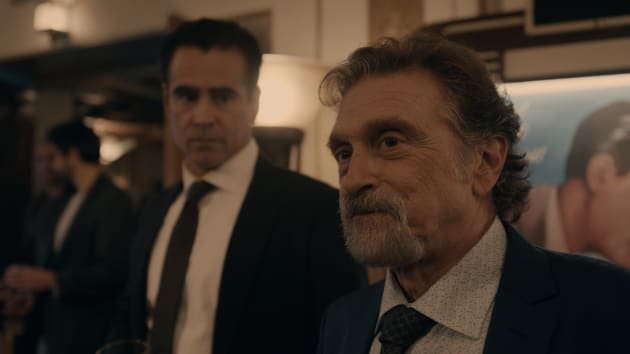


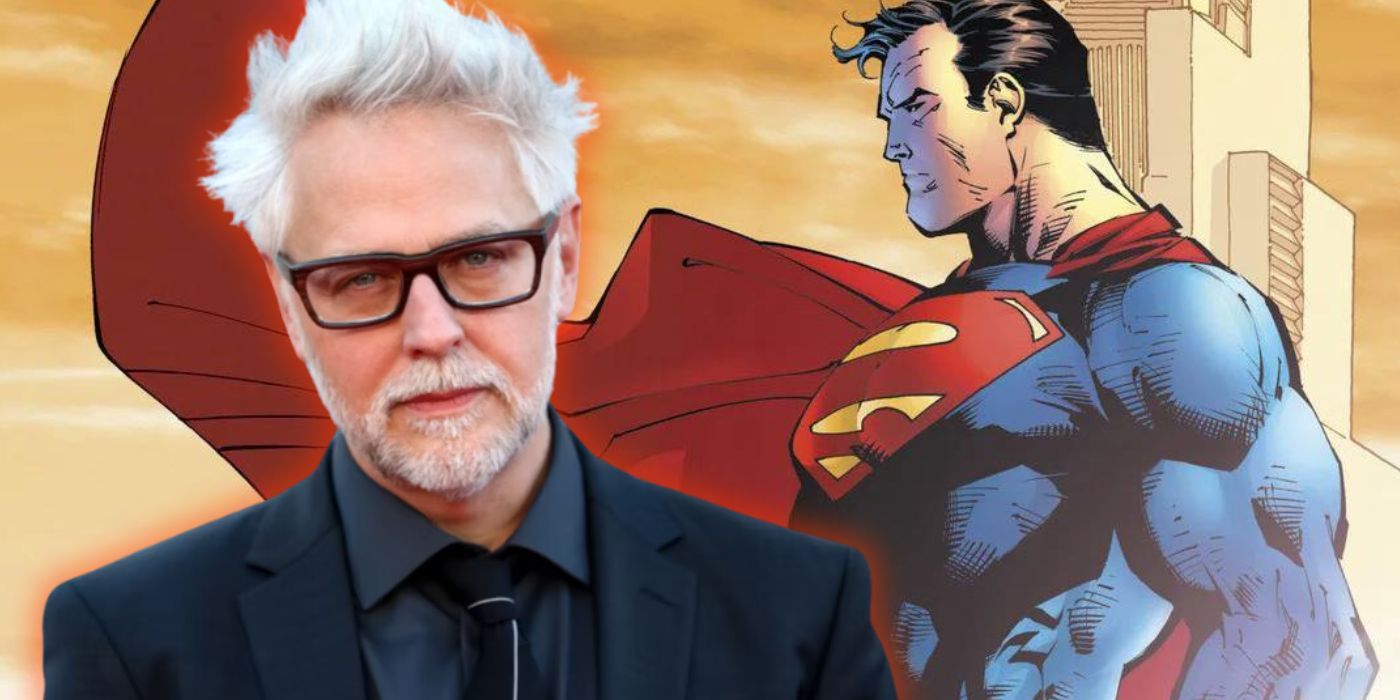
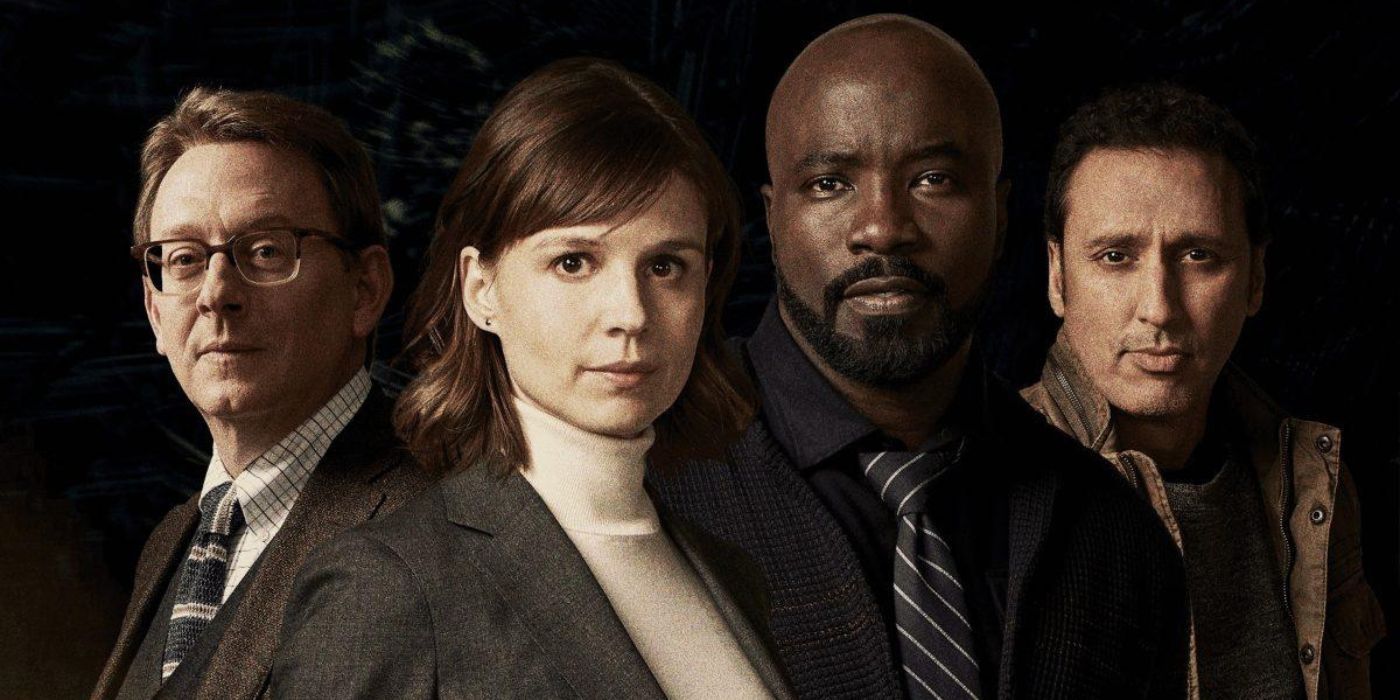



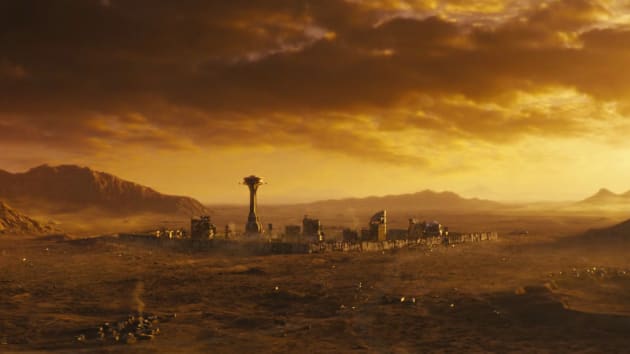



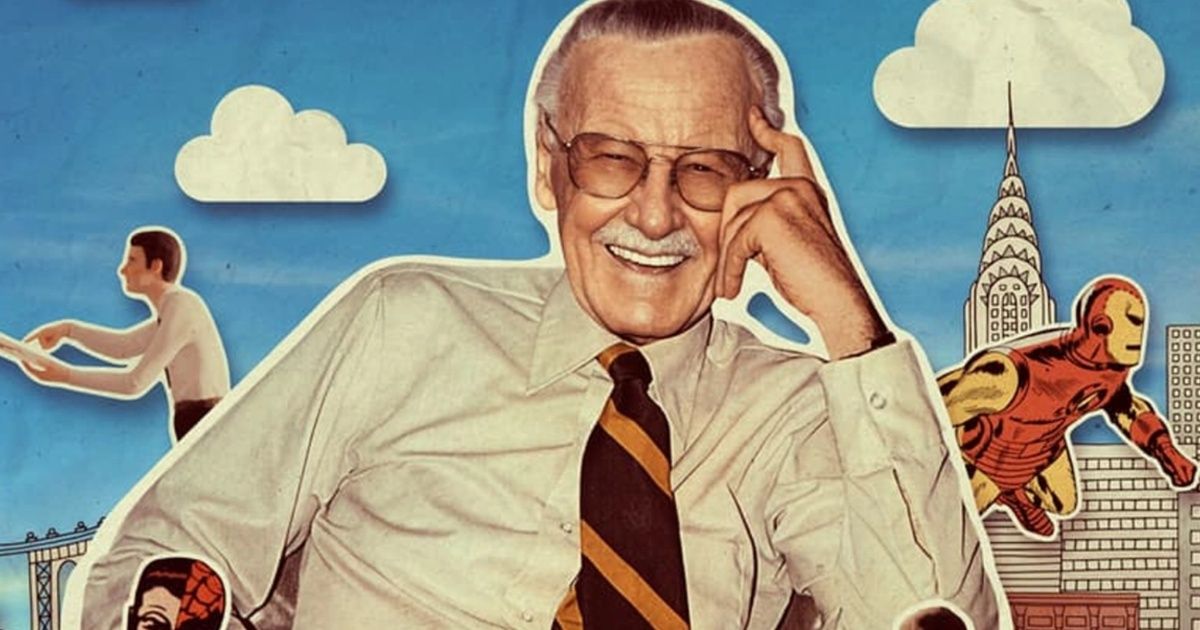

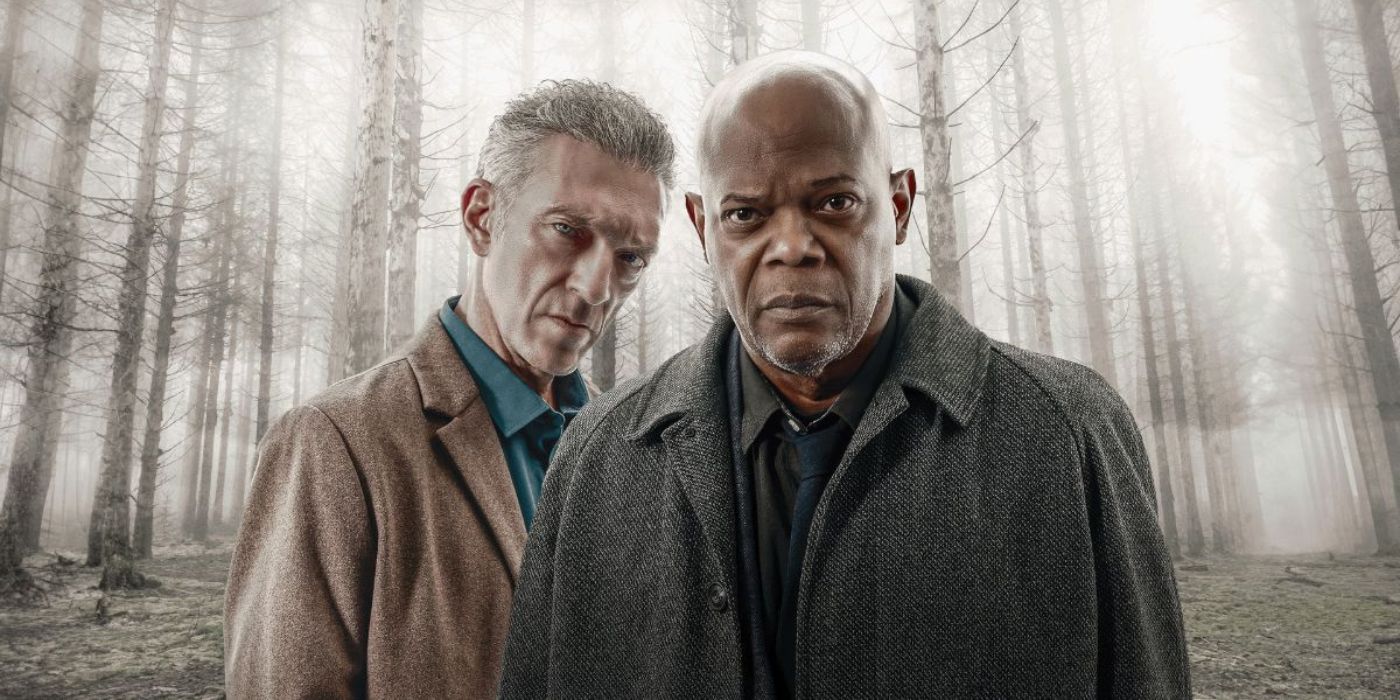







:quality(85):upscale()/2024/04/19/804/n/1922564/4d7e6f236622b55e77c414.64981311_.jpg)

:quality(85):upscale()/2024/04/17/850/n/1922564/beb2b9e3662021fd3d3e45.26287469_.jpg)
